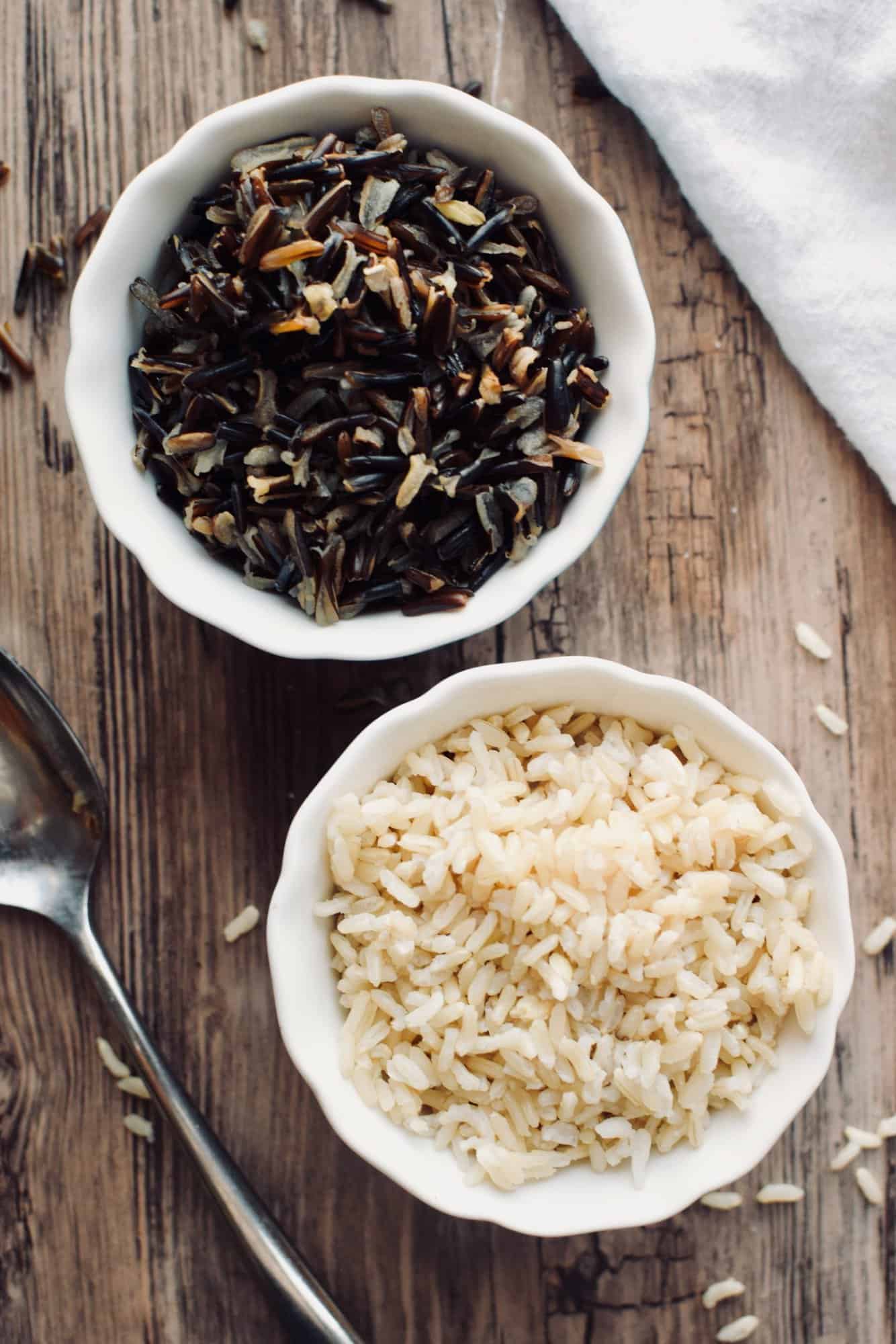Wholesome Parent’s Guide: Wild Rice vs. White Rice – A Nutritional Fiesta
Welcome to our delightful wild rice versus white rice guide, crafted especially for health-conscious parents! We’re thrilled to bring you the scoop on these two kitchen staples – elucidating their unique nutritional values, benefits, and smart ways to include them in your family’s meals.
Introduction: Understanding Rice Varieties
Did you know that rice, humble as it may seem, comes in a plethora of varieties, each bearing distinct flavors, nutritional values, and health benefits? A common classifications divide rice into white and wild types. Our focus today zeroes in on these two prevailing types. Let’s shed some light on the wonders of wild rice and traditional white rice.
What is Wild Rice?
Wild rice, contrary to its name, isn’t biologically rice but an aquatic grass seed harvested primarily from the lakes of North America. Often darker in color—ranges from light brown to black—wild rice offers a unique, slightly nutty flavor which is certainly a delight to the taste buds.
What is White Rice?
White rice, on the other hand, is a more familiar ingredient in kitchens worldwide. It’s the end product after removing the husk, bran, and germ from the rice grain. It’s the staple food for a large part of the world’s population due to its versatility, affordability, and ease of cooking.
A Closer Look: Nutritional Breakdown
The battle isn’t just about wild rice versus white rice. It’s about the nutritional value each brings to the table. Stay tuned for the next section, where we conduct a detailed nutritional comparison of both.
Nutritional Values in Wild Rice
The darker, wilder cousin of regular white rice is nutrient-rich. It’s an excellent source of protein, fiber, and essential vitamins like Vitamin B6 and niacin. The wild aspect also brings a wealth of minerals to your plate including potassium, phosphorus, and magnesium.
Nutritional Values in White Rice
White rice, while it may lack some of the mineral wealth and fiber found in wild rice, also has its unique advantages. Fortified with vitamins and minerals, white rice provides energy and great source of carbohydrates.
In the sections to follow, we explore the dietary benefits, cooking tips, along with innovative recipe ideas to ensure that both wild and white rice can make valuable, tasty, and more importantly, healthful additions to your family’s eating plan. So, keep scrolling – your journey into the wholesome world of rice begins here!
Remember, there’s no definitive winner in this wild rice versus white rice comparison. It all boils down to your dietary needs, cooking preferences, and taste buds!

Health Benefits: Why Wild and White Rice Matters?
The Plus of Wild Rice
Wild Rice, owing to its high fiber and protein content, can keep you feeling satiated for longer time, thereby aiding in weight management. Regular consumption of wild rice may boost digestion, help maintain heart health, and potentially even prevent chronic diseases due to its antioxidant properties.
The Benefit of White Rice
White rice, being low in fat and sodium, is a good option for those following a low-sodium diet. Additionally, since it’s gluten-free, it’s a suitable staple for those with celiac disease or gluten sensitivities.
Cooking Tips & Recipe Ideas: Make Rice the Star Ingredient
Cooking with Wild Rice
Wild rice has a longer cooking time compared to white rice. Soaking it overnight reduces its cooking time. Its chewy texture and nutty flavor make wild rice a great additive to salads, soups, and casseroles.
Cooking with White Rice
White rice is perfect for stir-fries, side dishes, or as a bed for stews and curries. By adding an assortment of veggies and lean proteins, you can transform a simple bowl of rice into a wholesome meal.
In a Nutshell: Wild Rice vs. White Rice
While wild rice is nutrient-dense and a great source of fiber and protein, white rice stands as an easy-to-cook staple that provides ample energy. Both types of rice have their unique nutritional profiles and health benefits, adding variety and balance to your meals.
Remember, a balanced diet is a healthier diet. So mix and match as per your family’s nutritional needs and flavor preferences.
In conclusion, whether it’s opting for the nutty flavor of wild rice or the versatile white rice, the choice must cater to your dietary goals and personal likings. With this guide, we hope you’re now able to make an informed choice! Keep the health and happiness quotient high in your meals. Happy cooking!
Preparing for Wild Rice VS: Top 5 Things Parents Should Know
1. Understand The Nutritional Difference
Firstly, it’s important for parents to understand what sets wild rice apart from other types. Renowned for being highly nutritious, wild rice contains more protein, fiber, and antioxidants compared to regular white or brown rice. This makes it an excellent choice for a healthy familiy meal.
2. Prepare For A Different Cooking Process
When preparing wild rice, parents need to know that it has a different cooking process versus regular rice. It requires a longer cooking time, and generally more water.
3. Taste and Texture Assessment
Parents should be aware that wild rice has a unique taste and texture – it’s chewier and has a nuttier flavor. Some children may need time to adjust, so patience and creativity in recipes may be needed.
4. Incorporating Into Child-Friendly Dishes
Wild rice can be incorporated into many kid-friendly dishes. Using it for stuffing, casseroles, or mixed into salads can offer a delightful crunch. It also pairs well with chicken, fish, and a variety of vegetables, providing endless options for healthy and nutritious meals.
5. Environmental Impact
Lastly, discuss with your kids that choosing wild rice can indirectly support the protection of aquatic habitats where it’s harvested, making it an eco-friendly food choice.
Preparing for wild rice vs regular may entail a bit of learning, but it’s well worth the shift considering the amazing health and environmental benefits this grain brings.
For more great articles please see here. For more information see here
Disclaimer
The articles available via our website provide general information only and we strongly urge readers to exercise caution and conduct their own thorough research and fact-checking. The information presented should not be taken as absolute truth, and, to the maximum extent permitted by law, we will not be held liable for any inaccuracies or errors in the content. It is essential for individuals to independently verify and validate the information before making any decisions or taking any actions based on the articles.




